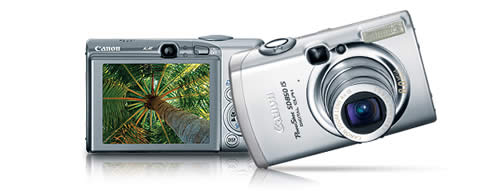
I have had my share of point and shoot cameras and since I’ve gone to a Digital SLR (DSLR) camera, I really don’t spend much time (hardly any) using point and shoot cameras any more. However, there are times when carrying a big camera around just isn’t fun or convenient. So I set out to find a really good point and shoot camera that would give me decent images.
Where I’ve come from
My last "pocket" point and shoot camera was the Minolta DiMAGE Xt and while this camera was a break-through in small sized cameras when it came out, the image quality just never impressed me. So consequently I never really used it much. I then thought I had struck gold with my waterproof Olympus camera and while it does take decent shots and is waterproof and shock resistant It bugs me to no end that it uses xD cards. Since going to SD cards with my Nikon D80 and using the SanDisk Ultra II SD Plus USB cards, I just don’t want to have to use a card reader any more. So I was back in the market for a point and shoot that not only took great images, but used SD cards (like the majority of point and shoot cameras out there these days).
I’ve always bought Canon point and shoot cameras for my family members and I thought to myself it’s time that I started looking for a Canon for myself.
While I was in Montana attending a meeting, a colleague passed me her Canon 800 IS and asked me to take a picture of her and the two people sitting next to her. When I raised the camera to take the picture I was stunned to see 3 little squares start moving around on the screen and lock in on their faces. The Canon 800 IS has "Face Detection." I’ve never seen this in a camera before. I knew the software existed because it exists in Adobe Photoshop Elements. However, I didn’t know that it had made its way into cameras. With this technology the camera uses the face(s) to adjust the exposure of the rest of the image. So without having to go into manual mode or depend on an Auto mode you get great people shots every time. The quality was simply AMAZING! I was sold! I said to myself that this is my next camera. The "IS" stands for Image Stabilized" and Canon is known for its great image stabilization features. When I got home and did some research I found that I had a choice between the Canon Powershot SD800 IS and the Canon Powershot SD850 IS. The biggest difference is that the SD850 IS is 8 megapixels and the SD800 IS is 7.1 megapixels. There is also a difference in focal length and the 850 is slightly faster in shooting speed. So figuring that I don’t buy point and shoot cameras that often, I went with the Powershot SD850 IS.
The SD850 IS also has a 16:9 widescreen shooting mode, 6 movie modes, various white balance modes including a Custom setting and a 4x optical zoom.
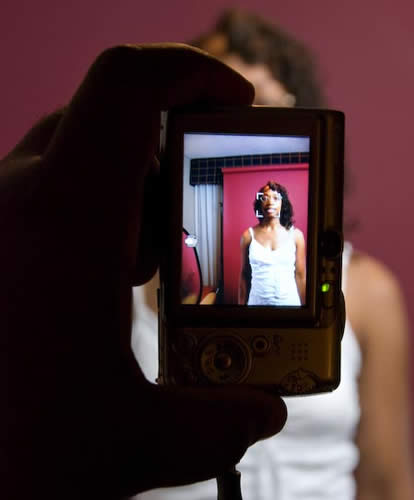
Face Detection at work on the SD850 IS
Shooting
The beauty of a point and shoot camera is that in most cases you turn it on, point and shoot. However, since I’m now so used to shooting with a DSLR, this whole "let the camera do everything" approach is kind of unsettling. I’m looking for ISO settings, shutter speeds, white balance, etc. It took me a minute to realize that the Powershot SD850 IS has a "Manual" mode right on the dial. Once I switched to it, I was in control of my settings. Now keep in mind, I don’t plan on doing a lot of shooting in Manual mode as that defeats the use of a "point and shoot" camera, however, I just wanted to know that I have the option and where to set my own settings if the shot demands it. I found everything I wanted at first glance except shutter speed. I’m not sure if I can set the shutter speed on this camera or not, but that’s not a big deal for me with this camera anyway. Even with my DSLR I shoot in Aperture Priority Mode most of the time anyway letting the camera set the shutter speed.
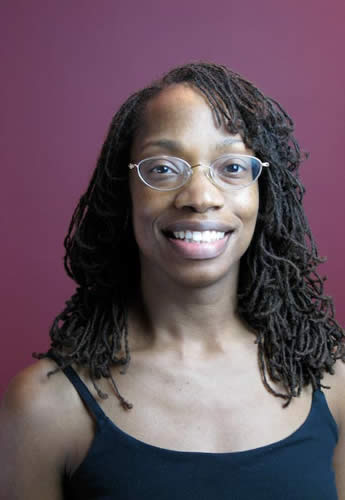
shot in Auto mode, ISO 200 with no flash
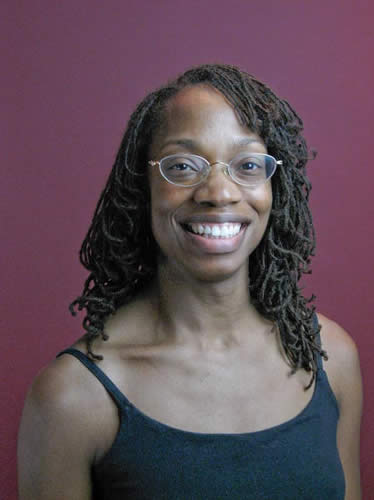
shot in manual mode, ISO 400, no flash. With the higher ISO there is more noise as you would expect.
The Bottom Line
You simply can’t go wrong with Canon’s line of Powershot cameras. If you’re looking for a GREAT point and shoot camera, I would definitely check them out. I guess my only complaint is that this camera offers so many features that the menus can be a bit daunting. Canon uses icons to represent most of the features. Once you learn what those icons mean you’re good to go. However, for a camera that I only plan to use occasionally, I may not remember where a certain feature is. I like the way Olympus provides a complete description of any feature or mode at the push of a button. Canon could really stand to copy this feature. However, with that said, the SD 850 IS will be a permanent fixture in my travel bag.
If you want a more exhaustive review of this camera or any other cameras for that matter, more sample shots, etc. head over to Steve’s Digi-cams Reviews. They do a great job taking cameras through their paces! I got the Powershot SD850 IS at B&H Photo for $345.
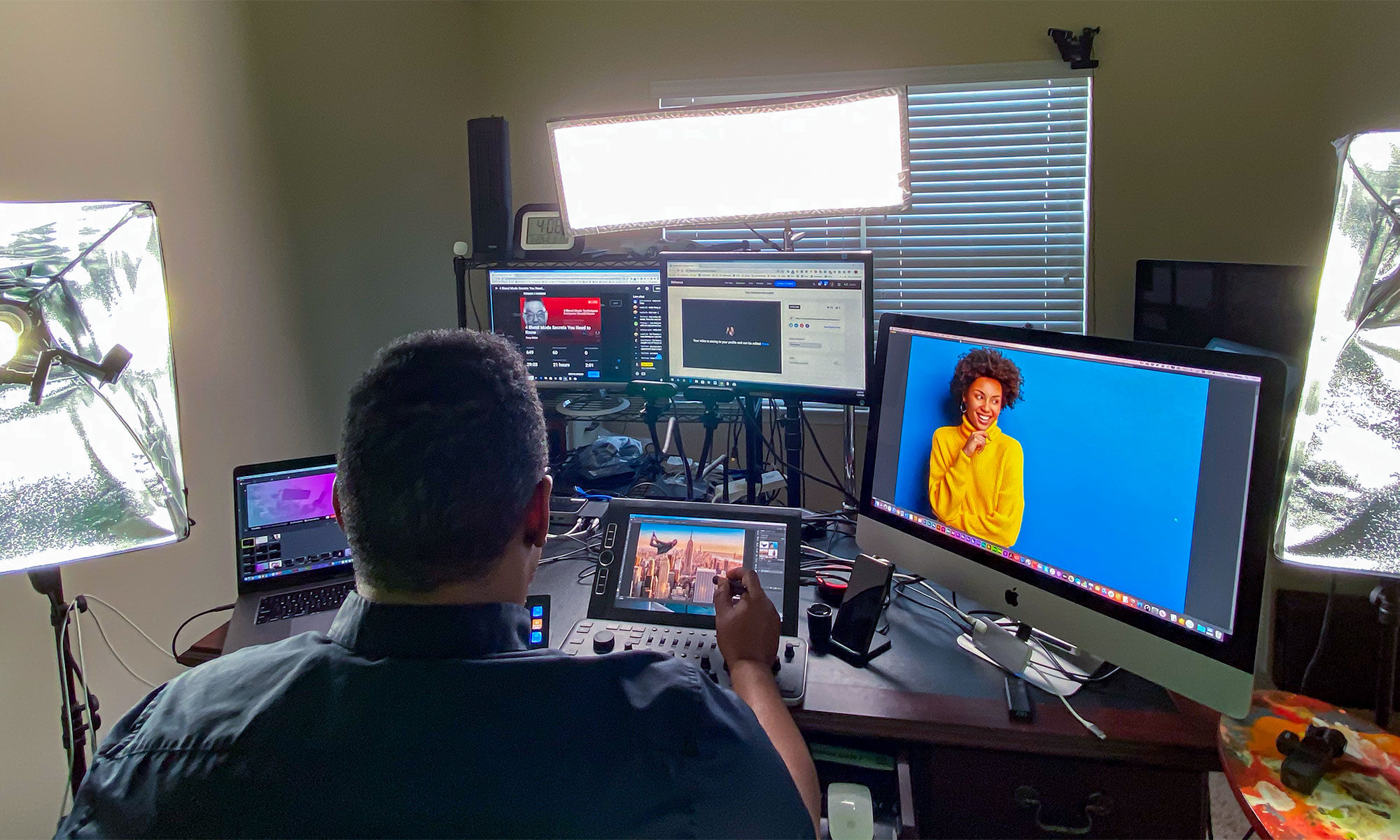

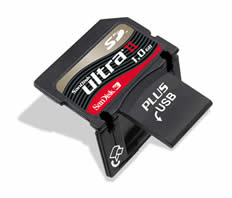
Dear Terry; I iked your review of the new Canon 850 IS w/face detection tech… My own Canon SLR’s get VERY HEAVY & AWKWARD to carry/use everywhere. I’m gonna look into this one. By the way, I’m still memorizing Canon’s icons.
THANKS, Lou.
PS: I noticed your image of the SD 850 IS in-use with the screen in portrait orientation… However, in the SD 850’s screen image (and beyond) in that photo shows the background-in-use as much more “reddish” than in the two lower photos – while your wife’s complexion/image remains perfect throughout! Maybe it’s the Canon FD, or perhaps, Canon’s “Picture Style,” if this camera has it? How were you “white balanceing” these camera(s)? (Any post-processing WB?} Anyway, I’ll ask you later at the Mac Group meeting. Good images!!
Hey Terry,
I just wanted to mention another great site for camera reviews and so, DPReview.com, they really take the cameras through the whole nine-years of testing! dSLR and Compacts!
Louis, Thanks!
The picture of the back of the camera was taken with my Nikon D80 and shot in camera RAW with a the proper white balance set via an ExpoDisc. The two shots taken with the SD850 IS were shot with Auto white balance. Also the SD850 IS images were shot in JPEG and therefore the white balance is burned into the file.
Erik,
Yes, that is a good site for reviews as well.
Hi Terry
Thanks for review of Canon SD850 IS. We were close to buying Canon SD800 IS, but your review of SD850 IS is leading us to take a more careful look at it.
I believe the SD800 has some sort of red-eye correction, but it is not automatic. I think I have read that SD850 has automatic red-eye reduction.
Do you know whether the SD850 has automatic red-eye reduction? If so, does it work well?
Thanks, David Snider
Both the 800 and 850 are great cameras. I went with the 800 because of the wider angle lens. For that small point and shoot, I find that I am often using it inside or at functions where I need a group shot. Sometimes, you can only back up so far. When I need more zoom, I just use my two footed zoom.
I feel led to put in my two cents about the Canon SD850 IS. I’m not bashing Canon on this, and I still hold their cameras in high regard, but the SD850 IS I bought was a complete disappointment to me. About 3 months ago, the menu button totally wore out on my wonderful little Pentax Optio S4 (yes, it really did fit in an Altoids can. I loved that little camera, but was excited to be on the market for a newer and better camera with higher resolutions. Several people I know had the Canon Elph series cameras. From all that I saw, those cameras took beautiful pictures. So after reading all kinds of reviews I decided to go with the SD850 IS. I took a shot or two with it, but found that I just really didn’t enjoy taking pictures with it like I did with my Pentax. I thought it was because I just didn’t know how to work the new menu and all the other features. After learning the controls some, I still found myself not impressed with the pictures the camera took. All too often I had a really blurry picture, and nearly every time, the picture just didn’t seem very crisp.
It wasn’t until I carried it to a friend’s house and took identical shots with identical settings that my suspicions were confirmed. He has an SD 550 and his pictures were noticeably sharper, less burry/fuzzy, how ever you want to say it. His colors also were more accurately depicted. At this point I’m wondering if my camera is broken or if it’s the entire line of sd850is. We took several more pictures of various things at various distances, and his SD550 totally out did my 850.
We then went to a store to compare another 850 on display with mine, and although it was hard to tell for sure, every picture I took with both 850s seemed equally bad. Perhaps the pictures would be better if I had taken them off and compared them on the computer. I don’t know. Actually most all of the new model small Canons took less than great pictures. Needless to say I was disappointed and kind of sick seeing as how I spent over $400 on the 850 and its accessories.
Here is a link to my flickr account where I have a couple of the pictures uploaded. You can’t tell the difference as much because they aren’t full size. But anyway,
http://www.flickr.com/photos/atomite123/
That’s my two cents.
Hey Terry,
I came across your review trying to hunt down the best settings to use for my Canon SD800IS
All of my pictures turn out grainy. I don’t know what I’m doing wrong – I have to take product shots with this thing and it just never looks as crisp as I want it to. The flash is always overpowering so I shoot without it.
Any suggestions on what settings to use to get the best possible picture? I know this post is old but maybe you’ll get my message.
Thanks!